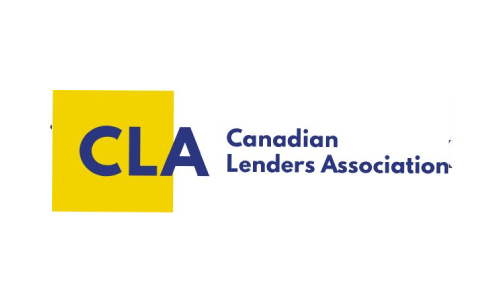Rethink Risk: Home Assessments & Lending
Abstract: Canada’s residential property assessment landscape is becoming increasingly competitive as lenders demand faster, more accurate, and more forward-looking valuation solutions. Traditional appraisal management is being transformed by digital platforms, automated valuation models (AVMs), and new risk analytics that account for environmental exposure. In this evolving environment, firms are competing across data intelligence, platform integration, and climate resilience. As climate change becomes a defining factor in collateral risk, the role of property assessment firms is expanding—from transaction support to long-term risk modeling—forcing the entire industry to rethink how real estate is valued and underwritten.
In the world of Canadian mortgage finance, few numbers carry more weight than a home’s appraised value. The appraisal sets the loan-to-value ratio, informs credit risk, and underpins securitization eligibility. For decades, this figure was treated as objective—driven by comparables, square footage, and market cycles. But climate change is destabilizing this foundational assumption. In the coming years, it will be climate exposure—not granite countertops—that silently erodes property value.
Canada’s leading appraisal firms are now facing an inconvenient truth: climate risk is becoming valuation risk. Increasingly frequent flooding in Atlantic Canada, wildfire encroachment in the Okanagan, and record heatwaves in the Prairies are forcing assessors to factor long-term environmental exposure into near-term price estimates. And as insurers retreat from high-risk geographies or sharply raise premiums, uninsurability is now a real and present input into the valuation model.
Unlike physical damage, climate risk devalues assets before disaster strikes. A home situated in a floodplain or wildfire corridor—even one never touched by water or flame—may be worth less because future buyers, insurers, and lenders anticipate higher operating costs, regulatory constraints, or outright hazard. This anticipation is, by definition, financial risk.
Appraisal platforms—particularly those with national reach and data modeling capabilities, such as RPS—are well-positioned to lead the integration of environmental factors into standardized valuation. Already, tools such as climate-adjusted AVMs (Automated Valuation Models) are being explored in global markets. Canada is next. The appraiser’s clipboard is becoming a climate analytics dashboard.
This evolution will not be frictionless. The regulatory framework for home appraisals in Canada still lags behind the science. Current guidelines do not mandate forward-looking risk scoring for climate exposure. Nor do they offer lenders standardized metrics on environmental risk differentials between properties. The result is inconsistency: two identical homes—one in Kelowna, another in Mississauga—may be appraised similarly today, but carry vastly different risks over a 15-year mortgage horizon.
For lenders, this disconnect is dangerous. Collateral value is a keystone of credit. If it erodes without warning, the capital stack becomes brittle. For securitized portfolios, mispriced risk can cascade—particularly if geographic concentration magnifies the impact of climate events on default probability. For insurers and reinsurers, lack of granular, location-specific data means underwriting blind spots that can feed back into appraisal volatility.
The Canadian lending ecosystem—banks, non-banks, insurers, and regulators—must now work with firms like RPS to modernize the assessment toolkit. This includes embedding climate scenario analysis into residential appraisal protocols, creating a standardized climate risk score for every property assessed, and training a new generation of appraisers fluent in environmental data.
The future of mortgage underwriting will not be shaped by spreadsheets alone. It will require high-resolution climate maps, flood modeling, and a new underwriting discipline that recognizes that real estate is no longer just about location—it is about resilience. In a country where home ownership is a pillar of household wealth and economic policy, Canada cannot afford to let outdated valuation models mask tomorrow’s risk.
The climate is changing. The numbers on the appraisal sheet must change with it.
5 Key Insights
-
Shift Toward Predictive Risk: Home assessments are increasingly expected to include forward-looking climate and environmental risks—such as flood and wildfire exposure—rather than relying solely on historical comparables.
-
Valuation is Becoming Data-Driven: The market is moving beyond traditional appraisals, with growing demand for automated valuation models (AVMs) that integrate real-time property data and predictive analytics.
-
Integrated Solutions Are Winning: Lenders prefer platforms that streamline appraisal management, underwriting insights, and risk scoring into a single workflow to improve speed and compliance.
-
User-Centric Design Matters: New entrants are gaining traction by offering better transparency, faster turnaround times, and a superior digital experience for brokers, appraisers, and lenders.
-
Public Data is No Longer Enough: Reliance on municipal or registry data is giving way to proprietary tools that combine geospatial, financial, and climate risk data to provide more nuanced and actionable assessments.
Sign up for the CLA Finance Summit Series




